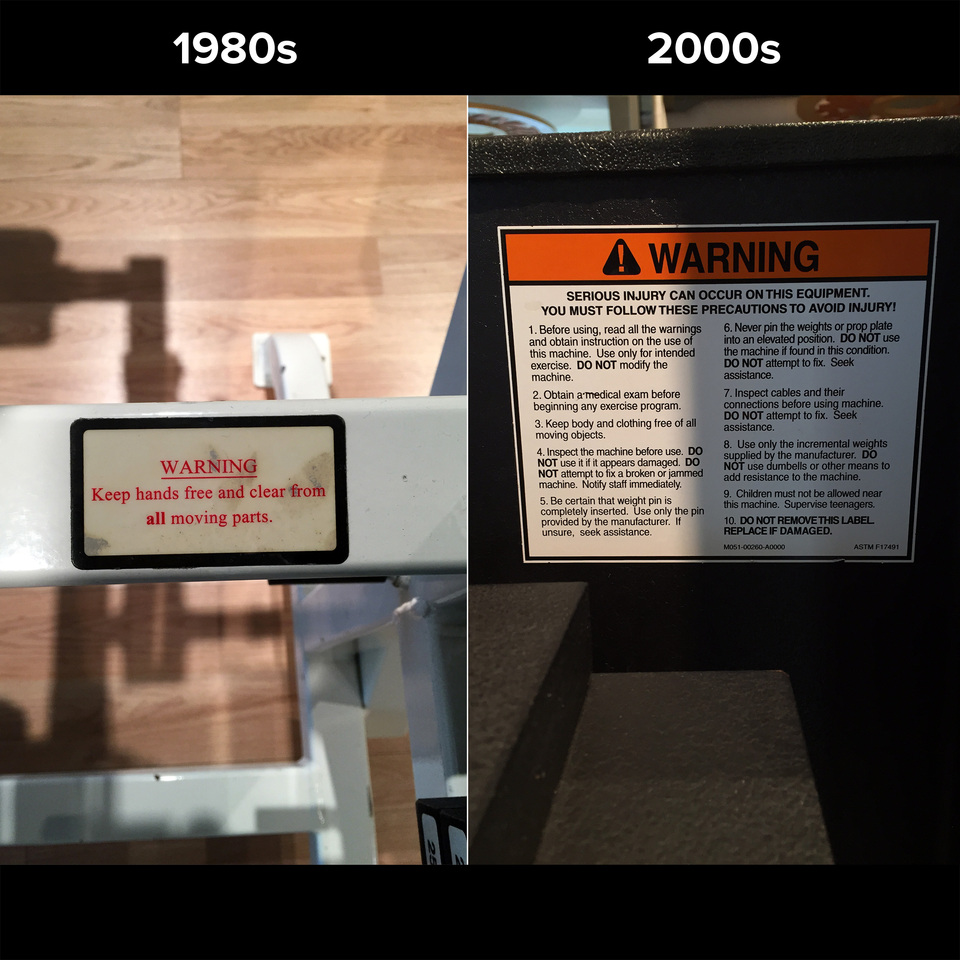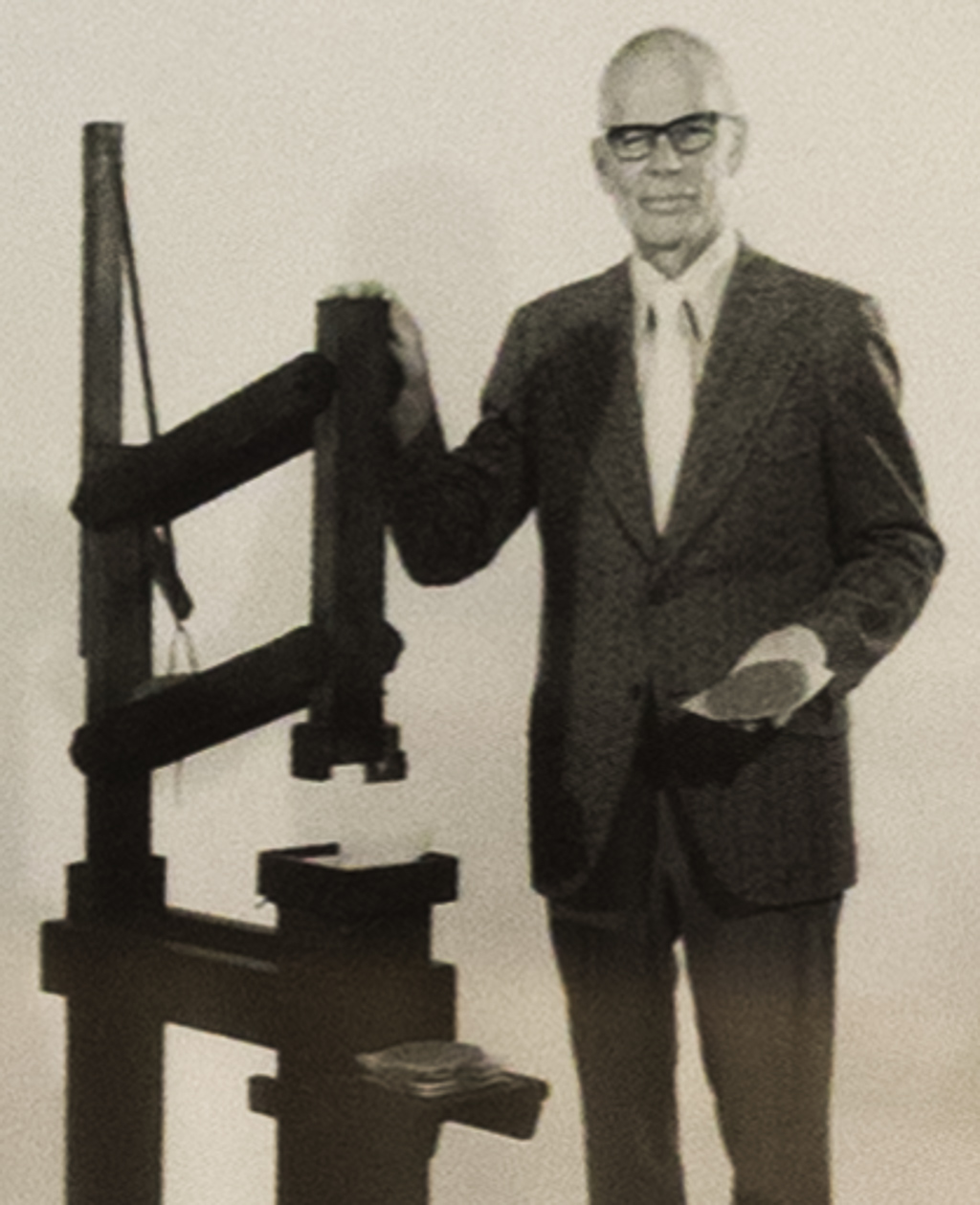When we redesigned Signal vs. Noise last year, we tried to make commenting a bit more of a conscious process by placing the link to the comment form at the top of the post rather than the bottom, hiding existing comments by default, and removing the URL field to cut back on spamming. We continued to require an email address, as well as warn commenters that “We’d rather not moderate, but off-topic, blatantly inflammatory, inappropriate or vapid comments may be removed. Repeat offenders will be banned. Let’s add value. Thank you.”
“We want readers to focus on the article, spend some time thinking about it, and reflect,” says 37signals designer Mig Reyes, who championed the redesign. “… the way books and magazines let you do that, because there’s no comments section that allows you to spit knee-jerk reactions publicly. If you really, really want to share something, you’ll put in the effort to dig for our comments form.”
Comments on SvN are generally more civil compared to those on other blogs in its peer group, and certainly elsewhere on the Internet. But the vitriol about the redesign itself was so extreme we very nearly pulled them — but most of it boiled down to good old-fashioned fear of change, so we waited. Eventually most of the haters moved on.
Still, it remains a problem. We’ve talked about the possibility of preemptively disabling comments for specific posts, but it’s tricky to anticipate which posts are going to incite trolling, and we don’t want to punish the readers who would otherwise add insight. Some of us have (only half-jokingly) proposed making would-be commenters click an “agree” button promising their intention to add value, or forcing them to wait five minutes before being allowed to post — you’d arrive on the page and a timer would start, and you earn the right to comment by waiting it out.
Other forums have begun addressing the breakdown in civil discourse by making it more cumbersome to join the conversation. The Huffington Post announced it would no longer allow anonymous comments, and ESPN.com requires commenters to have a Facebook account to add a comment on certain sections of the site. To combat the trolliest of the trolls, YouTube is rolling out a new system that forces commenters to use their Google+ profiles, and also moves more relevant comments (i.e., those from the original poster, people you know and “popular personalities”) to the top. And Popular Science has shut down the conversation altogether, arguing that trolls are “bad for science.”
We ultimately retained comments because there’s no denying the value of a true dialogue. There’s a lot to be said for a post serving as the starting point of a fruitful discussion, and for connecting authors and readers. Plus, you told us you want them: We polled SvN readers in 2012, and learned folks appreciate having comments in general (although some complained, understandably, about their quality).
Another possibility is moving the conversation elsewhere — tools like Branch exist for that very purpose. Mig purposefully built Twitter into SvN’s redesign to encourage offsite dialogue — if you read an article and have something to say to the author, tweet her. Mat Honan’s Wired piece highlights some of alternatives to hosting a conversation right under the post itself — a convention it’s past time we reevaluate.
When comment sections are deliberately downplayed, moved elsewhere or abolished, they’re no longer the most accurate measure of “engagement,” although that’s a popular misconception. One SvN reader recently commented:
“I find it interesting how few comments any of these blog posts get on the topic of company spotlight on remote working.
It must not interest anyone. Or at least, it doesn’t to me and frankly 37svn has jumped the shark long ago (as seen by the low engagement on all posts lately).”
(I tried to reach out to him to apologize for failing to meet his expectations and to ask what kind of posts he’d like to see more of, but he’d left a fake email address. I wrote to the next commenter, who’d agreed with him — no reply. So much for taking the conversation elsewhere.)
It’s true commenting is down since the makeover, but that’s by design — total comment volume has fallen by about 30 percent, while traffic has more or less held steady. Unique visitors to SvN have increased, as has the amount of time people spend on the site and the number of pages people visit. “Engagement” has less to do with the number of comments on a particular post, and more to do with page views, shares on Twitter and elsewhere, personal contact between authors and readers, and so on.
We’re not concerned about having jumped the shark, in other words — but we of course want to be conscious about the kinds of content readers want to see. That commenter was sort of right, in that we don’t get as many hits on profile posts like those in the “Bootstrapped, Profitable, & Proud” series — people like those stories, but they’re not as popular as the posts that highlight how 37signals works as a company, for instance, or posts that share our ideas on design and business.
For my part, I’m resolving to take those preferences more into account, and to do a better job engaging within the comments section, if that’s where people prefer to have a dialogue. The more present writers are post-publication, the more respectful the conversation tends to be, and the more value everyone gets out of the exchange.
I will say that writing more frequently for SvN has toughened my skin, and that’s not a bad thing. Trolling is never personal, for one. Rudeness says far more about the commenter’s character than about the author’s skill as a writer. Two, it helps to recognize that people are rarely inspired to leave a comment just to agree or say thanks. My coworker Jonas likes to think of comments as “The opposite of the thing you just read.” Since people generally only comment to disagree, “articles read like ‘Here’s a point.’ Comments -> ‘The opposite point.’” If you’re braced for it and accept that counterpoint as part of the anatomy of a blog post, it doesn’t sting — it’s expected behavior.







